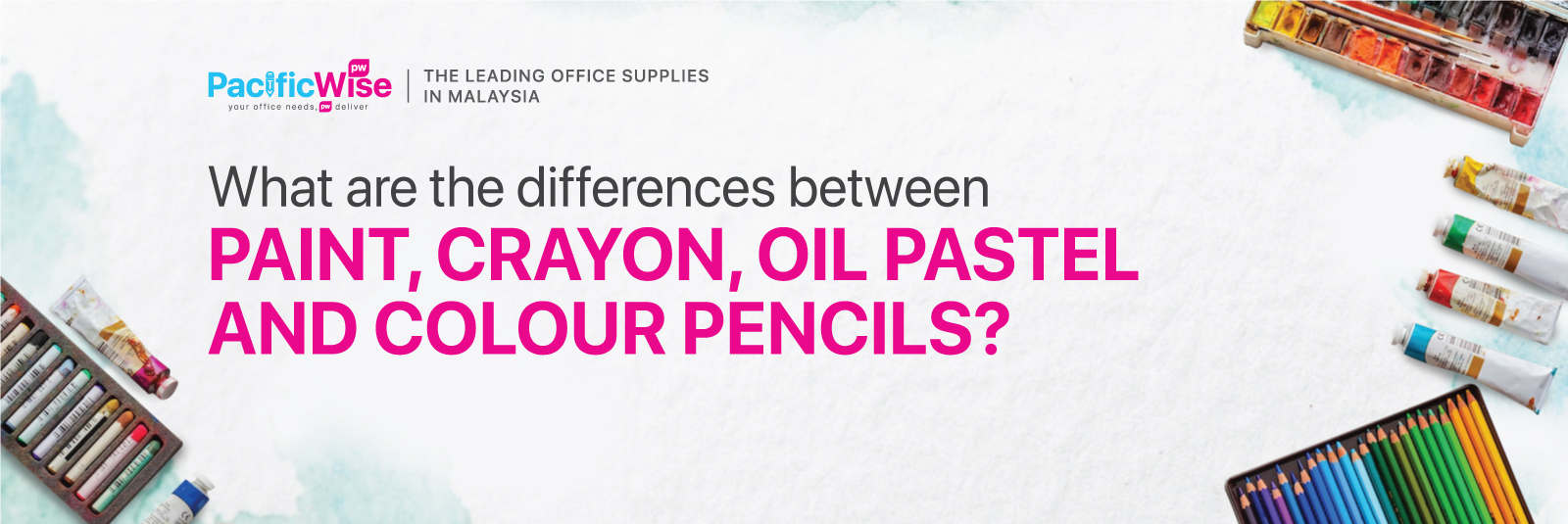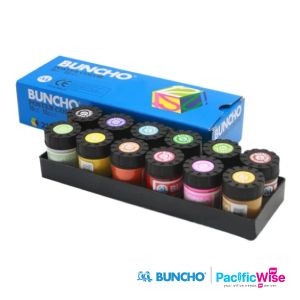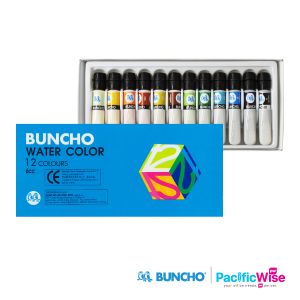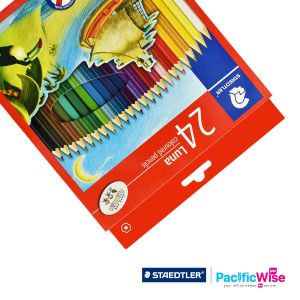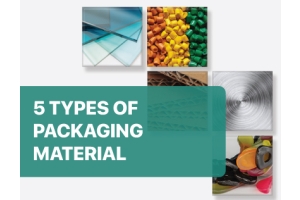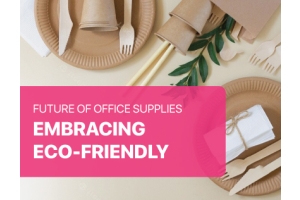What are The Differences Between Paint, Crayon, Oil Pastel, and Colour Pencils?
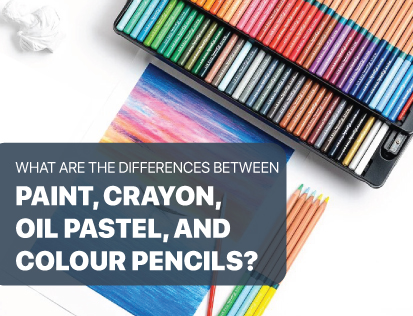
6 Types Of Paint Mediums And Their Differences
1. Colour Pencils
The most common and familiar types of pencils are, of course, “regular” colour pencils. They are the ones that come to mind first when you think of pencils in general.Basically, what makes them so versatile and easy to use is that they are a completely dry medium.
In most coloured mediums there’s a binder that is used to hold their pigment together and help it to be applied on paper or any other surface. this binder is either oil- or wax- based, and wax is a much more common binder type. Which makes the coloured pencils the way they are. Their composition and the binder properties allow them to be easily layered and also mixed right on the drawing surface.
2. Watercolour Pencils
Watercolour pencils are usually a more expensive type of pencils that can be used in both dry and wet techniques. Their pigments are held together by a water-soluble binder, which means it disperses the pigment on the surface when you add some water.
If you use water to activate the medium, either by drawing on wet paper or adding the moist later, your drawings would look very much like paintings made with watercolour. It’s also very easy to make certain parts of your drawings lighter. You can take a little bit of sponge or just a regular Q-tip and soak a bit of pigmented water up from the surface.
3. Watercolour Paint
Watercolour paint is a translucent art medium. Watercolour is basically a coloured pigment in a water-soluble binder. The paint dissolves when you add water allowing the pigment to spread with a brush. Watercolour paint is made of a few simple ingredients, but the two main components are the pigment (this provides the color) and the binder (usually gum-arabic). Watercolour is transparent.
Watercolour are water-based paints, which means both medium utilises water as a solvent. You can paint in multiple layers to create depth when you're using Watercolours and you should leave out white spaces cause you can't apply white watercolour on top. That's why you need to plan out your painting before and use masking fluid or tape to keep areas white.
4. Poster Colour Paint
Poster colour are highly opaque, which means you can paint from light to dark and from dark to light and even paint on coloured paper. They work well on both white and toned paper. You can easily add light colours over dark hues, so they are wonderfully straightforward to paint with. They are also very vibrant.
Poster Colour paint are water-based paints, which means both medium utilises water as a solvent. Poster colours are usually less expensive than paints intended for display, and not very lightfast
5. Oil Pastel
An oil pastel is a painting and drawing medium formed into a stick which consists of pigment mixed with a binder mixture of non-drying oil and wax, in contrast to other pastel sticks which are made with a gum or methyl cellulose binder, and in contrast to wax crayons which are made without oil. The surface of an oil pastel painting is less powdery than one made from gum pastels, but more difficult to protect with a fixative.
6. Crayon
A crayon (or wax pastel) is a stick of pigmented wax used for writing or drawing. The colouring crayon is the one used by most children in making pictures, but artists also use it. It consists of waxes such as paraffin, beeswax, and carnauba wax and dry colour. They are less messy than most paints and markers, blunt (removing the risk of sharp points present when using a pencil or pen), typically non-toxic, and available in a wide variety of colours.
What is the difference between Colour pencils and Watercolour pencils?
• Colour pencils are either made of a wax or oil base to bind the pigment.
• Watercolour pencils are made with a water-soluble pigment binder.
• Colour pencils are not designed to be diluted in water. Their binder does not dissolve in a water-based solution as they are normally wax or oil-based.
• Watercolour pencils are designed to be diluted with water to create soft gentle blends. You can use and blend watercolour pencils either wet or dry like regular pencils. You can blend watercolour pencils wet to create a watercolour painting.
• Colour pencils are strong in colour and designed to be thick. They blend well and dry.
• Watercolour pencils do not blend as well dry although this can depend on which brand you buy. Watercolour pencils are also better if you want a lighter colour or if you want to lift some of the colours off of your painting.
• Colour pencils can be used on different types of paper but normal drawing paper works well.
• Watercolour pencils should be used on watercolour paper hot or cold-pressed. This is especially true if you intend to add water to blend them. Watercolour paper is designed especially for this purpose. It gives the best results. Smooth watercolour paper works better for these pencils.
What is the difference between Watercolour and Poster colour?
• Watercolour come with a tube/pan.
• Poster colour Come with a jar/small bottle.
• Watercolour take much time to dry rather than poster colour.
• Poster colour take less time to dry rather than watercolour
• Watercolour are not thick like poster colour.
• Poster colour are thick.
• Watercolour are artist quality.
• Poster colour are student quality.
• Watercolour are usually transparent.
• Poster colour are usually opaque.
• Watercolour have no smell at all.
• Poster colour have a little bit smell.
• Watercolour are made of some chemical pigments.
• Poster colour are made of acrylic (a form of plastic)
• Both are Water Based, and have to be framed under glass for longterm display
• None of the above are waterproof/moisture proof when dry
What is the difference between Oil pastels and Crayon?
• Oil pastels use non-drying oil and wax.
• Crayon use wax
• Oil pastels, however, there isn’t much pressure needed at all to colour the required sketch. It happens very smoothly.
• Crayon it takes a bit of an effort with a lot of pressure to completely cover the whole area.
• Oil pastels are very rich, soft and creamy. Hence, they are very easy to smear, blend in, layer, mix, shaded, all with the help of our finger.
• Crayon are harder and the two Crayon colours don’t really mix together, very well.
• Oil pastels can give a 3D effect or a feel of a texture which is usually lacking in a picture colour with plain wax crayon.
• Crayon can be used for detailed drawings more often than pastels because of their pointed tips and because of their ability to stand alone without smearing or smudging.
• Oil pastels tend to smear and smudge and as a result, transfer very easily onto the artist’s hands or any surface that the colour comes in contact with.
• Crayon, don’t colour your hands. Well, most crayon don’t.
• Oil pastels almost work on any surface – paper, board, canvas, glass, metal, wood or rock.
• Crayon don’t and cannot do justice to most of these surfaces except paper.
Conclusion
All of the above substances represent different art mediums and will result in differing art results. Paint is a ‘wet’ or liquid medium, as are acrylics, while crayon, oil pastel and colour pencils are all a ‘dry’ media form. Depending on what your own preferred result is you will choose from different media.
Sources
https://yourartpath.com/watercolor-pencils-vs-colored-pencils
https://artpassiononline.com/what-is-the-difference-between-watercolor-pencils-and-regular-colored-pencils/
https://experiencewave.wordpress.com/2012/04/13/differences-between-water-color-and-poster-color/
https://www.kokuyocamlin.com/blog/pastels-vs-crayons.html#:~:text=So%20what%20really%20is%20different,and%20an%20oil%20pastel%20works.

